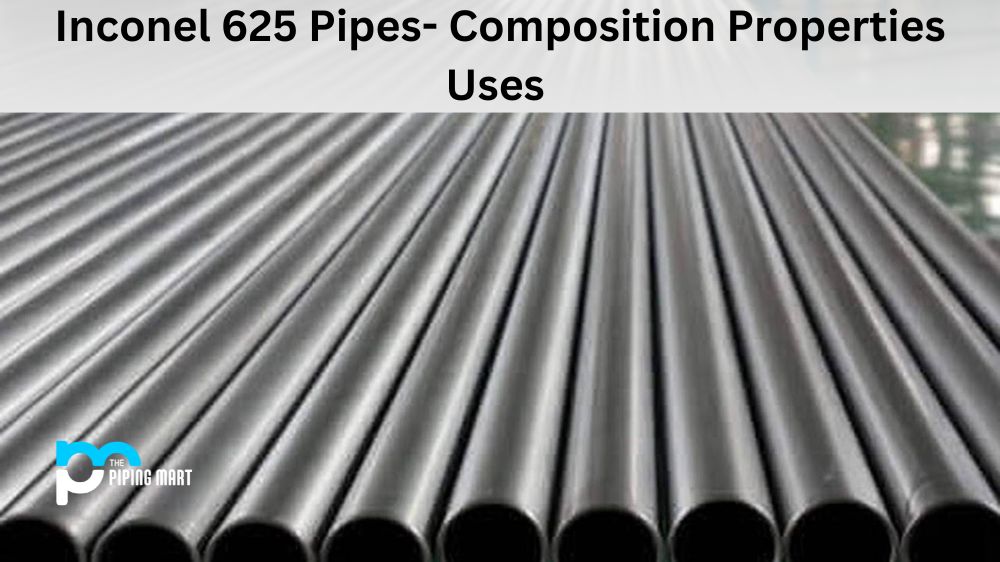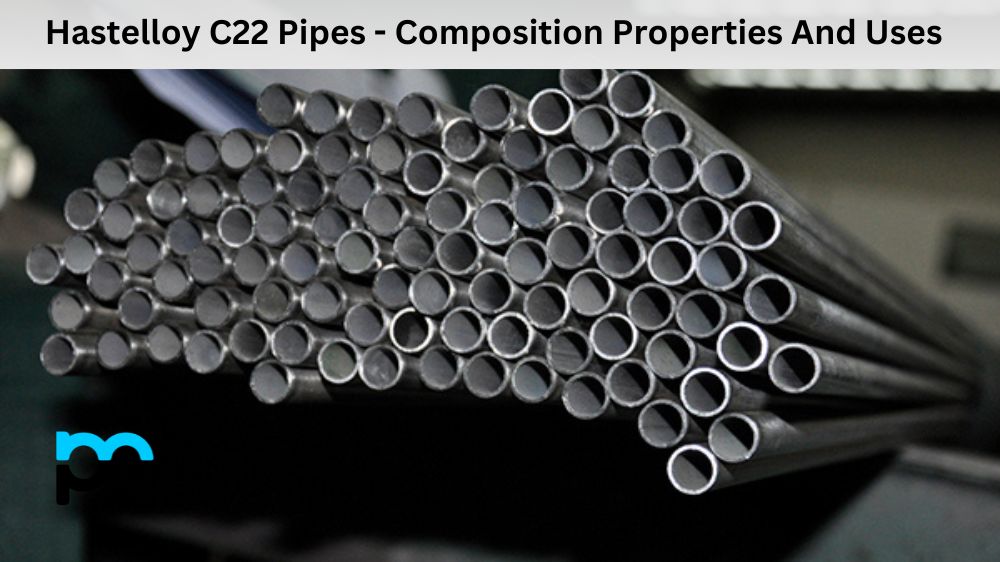Aluminum 2017 is a popular choice in many industries. The alloy is lightweight, durable, and versatile. This blog post discusses the composition, physical and mechanical properties, uses, heat treatment, and corrosion resistance of 2017 Al sheet plates.
What is Aluminum 2017 Sheet Plate?
Al 2017 sheet plate is an alloy composed mainly of aluminum and other elements such as copper, magnesium, and zinc. It is highly corrosion-resistant, has good formability and weldability properties and is often used for industrial applications such as structural components, automotive parts, machinery components or marine applications.
Aluminum 2017 Sheet Plate Composition
2017 Aluminum is a heat-treatable alloy that contains a balanced amount of copper and magnesium. It also has small traces of iron, manganese, and silicon. Its chemical composition gives it excellent strength and corrosion resistance.
| Al | Si | Fe | Cu | Mn | Mg | Cr | Zn | Ti | Other Each | Other Total |
| Bal. | 0.20-0.8 | 0.7 max | 3.5-4.5 | 0.40-1.0 | 0.40-0.8 | 0.10 max | 0.25 max | 0.15 max | 0.05 max | 0.15 max |
Aluminum 2017 Sheet Plate Physical Properties
The aluminum 2017 plate has a 2.77 g/cm³ density, making it one of the lightest alloys available. The alloy is easy to machine, bend, and form thanks to its high thermal conductivity. Its melting point is 549°C.
Aluminum 2017 Sheet Plate Mechanical Properties
Aluminum 2017 sheet has impressive mechanical properties. Its tensile strength ranges from 55 to 95 ksi, with a yield strength of 38 ksi. The alloy’s elongation is between 6% and 12%. This makes it an ideal choice for applications that need high-strength materials.
| Material | Tensile Strength (N/mm²) min | Yield Strength | Elongation in 4D % | ||
| ksi | Mpa | ksi | Mpa | ||
| Aluminum 2017 | 55 | 379 | 32 | 221 | 12 |
Aluminum 2017 Sheet Plate Equivalent
| Aluminium Grade | European Standard | BS | WNr | UNS | ISO | USA | GERMANY (DIN) |
| 2017 | AW-AlCu4MgSi | AU4G | 3.1325 | A92017 | AlCu4SiMg | AA2017 | AlCuMg1 |
Aluminum 2017 Sheet Plate Uses
ASTM B209 sheet plate is ideal for various applications, including aircraft components, marine hardware, and structural materials. It is also a popular choice for various automotive and industrial processes. You’ll also find it in heat exchangers thanks to its thermal conductivity.
Aluminum 2017 Sheet Plate Heat Treatment
Aluminum 2017 sheet plate can be heat-treated to modify its mechanical properties. During heat treatment, the alloy is subjected to specific temperatures, which result in the desired properties. Heat treatment improves the alloy’s strength, hardness, and ductility.
Aluminum 2017 Sheet Plate Corrosion Resistance
3.1325 sheet plate has excellent corrosion resistance. This makes it an ideal choice for applications in marine environments, where other metals would corrode quickly. The alloy is highly resistant to stress corrosion cracking, making it ideal for applications like aircraft structures.
Conclusion:
Aluminum 2017 sheet plate is an excellent choice for various applications. Its excellent balance of properties makes it ideal for the aerospace and marine industries. Its corrosion resistance makes it perfect for use in harsh environments. Its high strength and durability make it a perfect choice for applications that combine both. We hope this article has helped you understand the composition, physical and mechanical properties, uses, heat treatment, and corrosion resistance of the Aluminum 2017 sheet plate.

A passionate metal industry expert and blogger. With over 5 years of experience in the field, Palak brings a wealth of knowledge and insight to her writing. Whether discussing the latest trends in the metal industry or sharing tips, she is dedicated to helping others succeed in the metal industry.




